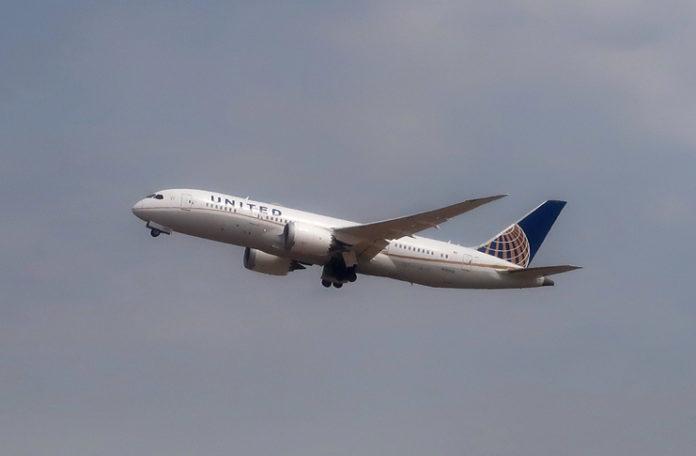
TravelingForMiles.com may receive commission from card issuers. Some or all of the card offers that appear on TravelingForMiles.com are from advertisers and may impact how and where card products appear on the site. TravelingForMiles.com does not include all card companies or all available card offers.
Some links to products and travel providers on this website will earn Traveling For Miles a commission that helps contribute to the running of the site – I’m very grateful to anyone who uses these links but their use is entirely optional. The compensation does not impact how and where products appear on this site and does not impact reviews that are published. For more details please see the advertising disclosure found at the bottom of every page.
Update 28 April 2020: United has announced a change to how many PQP can be earned from flights booked through partner airlines which makes a lot of what is in this post redundant (click here for more details)
At the end of last week, shockwaves rumbled through the frequent flyer community as United Airlines announced huge changes to its MileagePlus program.
United has completely overhauled the way Premier status is earned and has increased the spending thresholds for each status level too but, despite its best efforts to shift MileagePlus towards being a revenue reward program, the airline hasn’t actually managed to prevent the distance travelers fly from having a significant effect on the status they can earn.
How Distance Flown Can Still Be Very Important To Earning Premier Status
United’s new Premier status earning criteria revolve around Premier Qualifying Flights (PQF) and Premier Qualifying Points (PQP) and a glance at new criteria would appear to suggest that the distance a traveler flies will have no bearing on the status earned.
Nowhere in the table above is there any sign that the distance a traveler flies can have a bearing on the status that traveler can earn (it’s all about flights taken and dollars spent) but that’s only because the key lies in the way Premier Qualifying Points can be earned.
If you book your flights through United (i.e. your ticket number starts with 016 and your flights have a UA flight code) PQP is essentially earned in the same way as the outgoing Premier Qualifying Dollars (although there are a couple more charges which will now earn PQP that didn’t earn PQD).
However…
In the past, flights booked through partner airlines (ANA, Lufthansa, Avianca, etc…) didn’t give a traveler credit towards their Premier Qualifying Dollar goals…but that’s about to change.
Under the new Premier status earnings system, all flights booked through United’s partner airlines will contribute towards a travelers PQP total but because United has no way of seeing how much a traveler paid for their partner fare, it cannot use the cost of the fare to calculate the PQP to award…and so it will use the distance flown instead.
United has divided up its partner airlines into “Preferred Partners”…
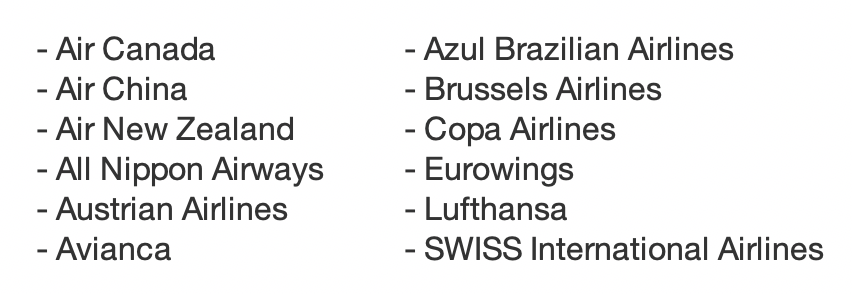
…and MileagePlus partners…
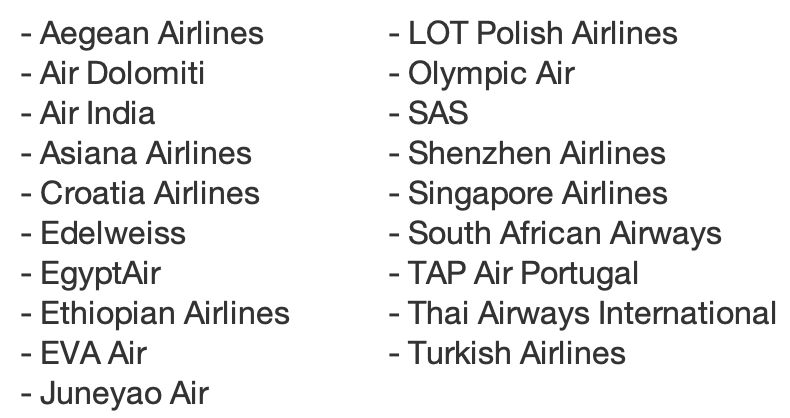
…and United will award PQP for fares booked with these partners based on the number of award miles the fare earns divided by 5 (for Preferred partners) or divided by 6 (for MileagePlus partners).
Here are a couple of examples to show how this works:
SWISS Business Class Los Angeles – Zurich Roundtrip
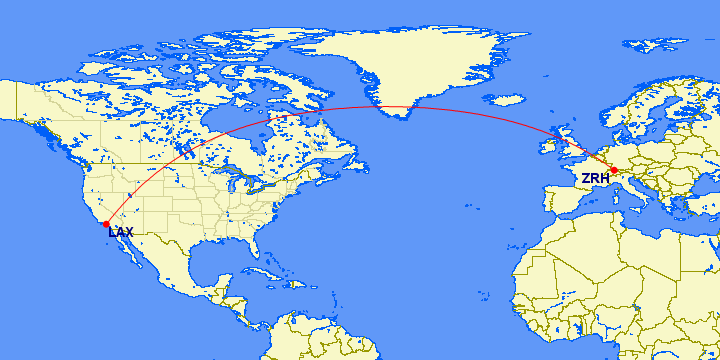
The Facts
- SWISS is a Preferred Partner
- Fare Class Booked – P (Deep Discounted Business Class)
- Distance Flown – 11,876 miles
To work out the number of PQP a traveler booking this itinerary would earn requires the United MileagePlus earnings chart for SWISS:
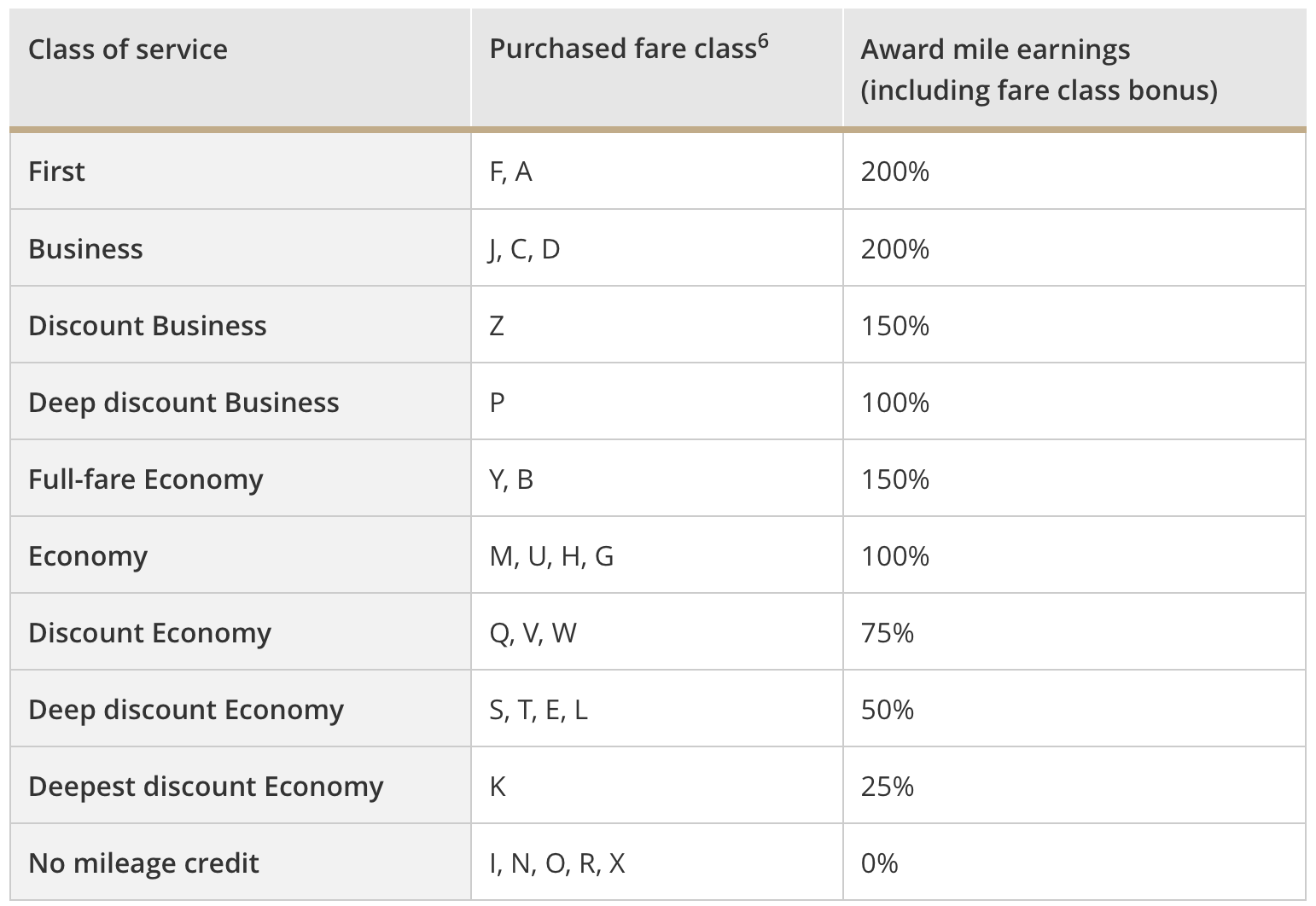
- The fare booked was “P Class” and so earns miles at a rate of 100% of the distance flown = 11,876 miles
- SWISS is a preferred partner so the PQP earned is the mileage earned divided by 5 = ~2,375 PQP
Singapore Airlines Discount Economy Class San Francisco – Singapore Roundtrip
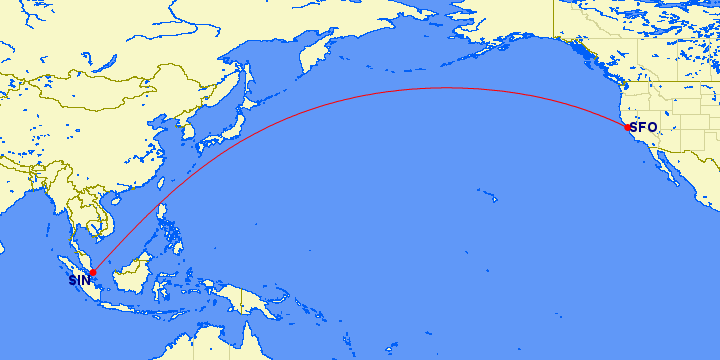
The Facts
- Singapore Airlines is only a MileagePlus Partner
- Fare Class Booked – W (Discount Economy)
- Distance Flown – 16,892 miles
To work out the number of PQP a traveler booking this itinerary would earn requires the United MileagePlus earnings chart for Singapore Airlines:
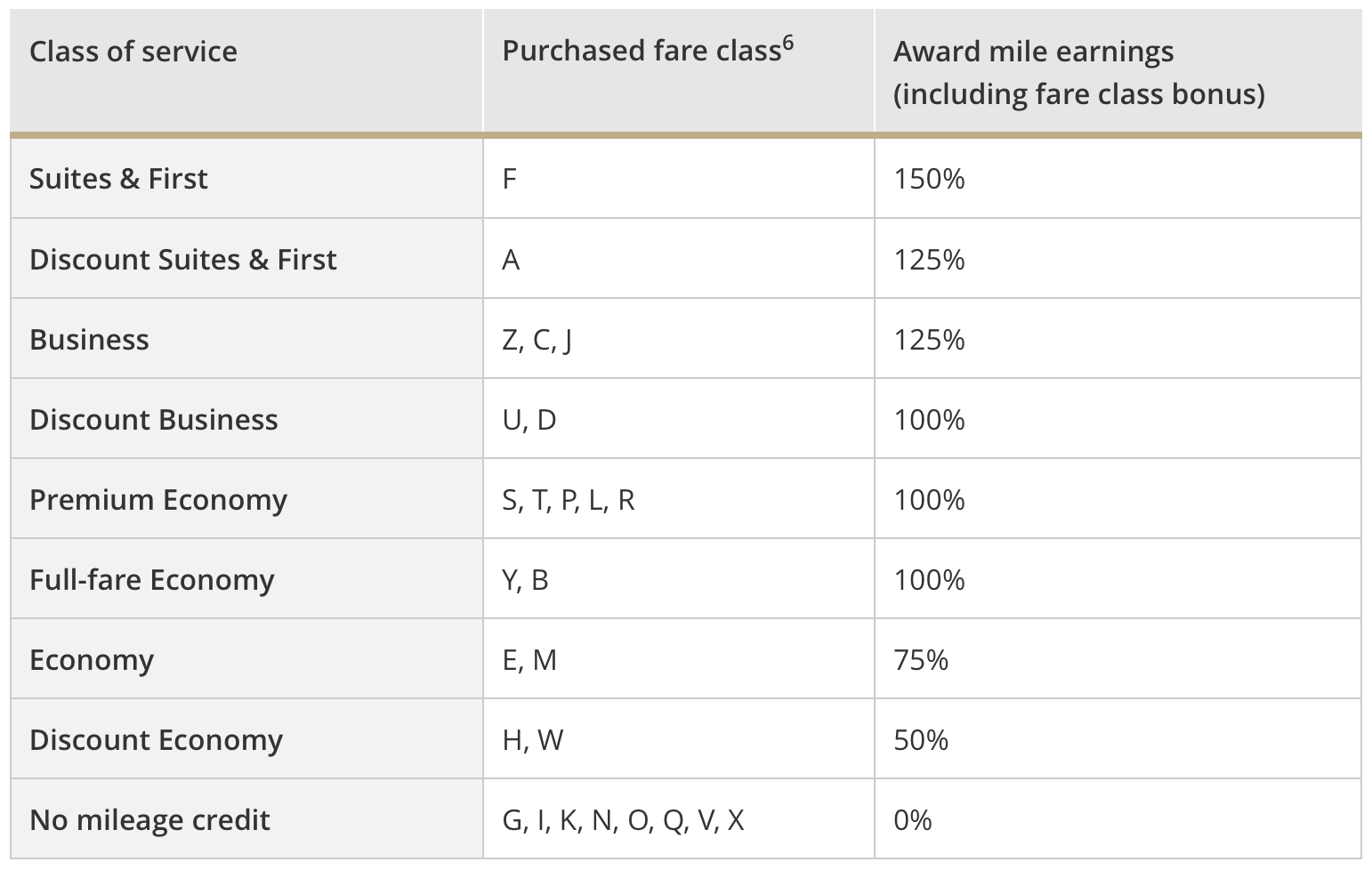
- The fare booked was “W Class” and so earns miles at a rate of 50% of the distance flown = 8,446 miles.
- Singapore Airlines is a MileagePlus partner so the PQP earned is the mileage earned divided by 6 = ~1,408 PQP
What This Means In Practice
United has attempted to remove the distance a traveler flies from its elite status earnings criteria but it hasn’t been able to do so completely.
A flyer who is in need of PQP to attain the status they’re reaching for will be able to use great long-haul fares across the Pacific and Atlantic to boost their PQP total with the distance traveled being a key element of the calculation.
Cheap Economy Class fares are unlikely to be of much use (unless just a few PQPs are needed) because these fares generally earn very few award miles – by the time you’ve divided the number of miles awarded by these fares by either 5 or 6 (depending on the partner flown) the earnings will probably not warrant the cost.
On the other hand, great Premium Economy fares and great Business Class fares will probably be a fantastic way for MileagePlus members to boost their PQP earnings significantly and in a much more economical way than if they were booking fares through United.
MileagePlus members based in Europe will probably benefit the most out of this method of earning PQP as they’ll be able to use fares like this…

…to earn ~2,105 PQP and fares like this…

…to earn 2,351 PQP all while flying with a civilized carrier.
A similar fare booked through United (e.g. on a transatlantic route) would earn considerably fewer PQP because United doesn’t award PQP on the tax/fees portion of the fare – depending on the route it’s entirely possible that a similar United fare would earn as little as 1,400 PQP.
If you take this to an extreeme you can see what a difference this could make:
Technically, it will be possible to earn United 1K status with 10 Lufthansa Business Class fares (like the one above) and 4 flights with United (costing no more than $500 in total before taxes and fees).
That’s 44 segments (10 fewer than the 1K segment requirement) at a cost of $16,950 ($7,050 less than 1K requires if the segment requirement isn’t met).
As I said, this is an extreme example and not something I expect many people will be doing, but it shows what can be achieved by mainly flying with partner airlines.
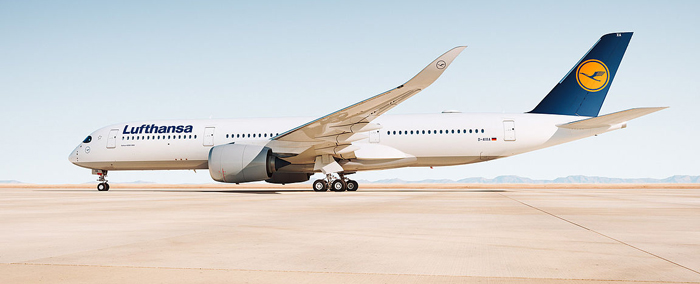
Bottom Line
A quick look at United’s new status-earning criteria may suggest that the days of flying long distances to earn status are dead but that’s actually quite far from the truth.
I don’t expect may travelers will be earning United Premier status purely thanks to great premium cabin fares on partner airlines, but I strongly suspect that a lot of people will be topping up their PQP totals when they spot a great deal.
The mileage run isn’t dead yet…it just looks a little different.



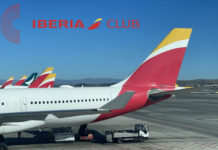

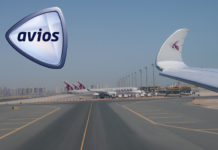
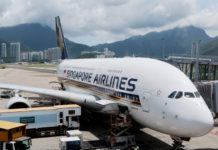
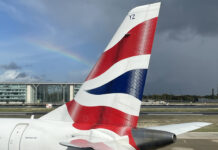


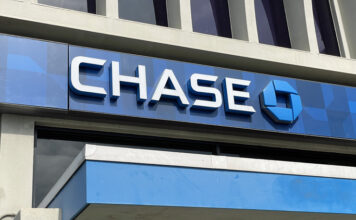



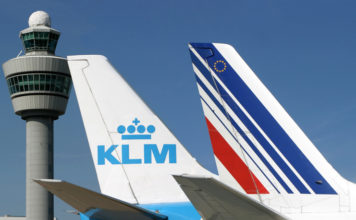
![Earn 20,000 bonus Amex points on Air France/KLM bookings [Targeted] a row of seats in a plane](https://travelingformiles.com/wp-content/uploads/2024/03/air-france-new-business-class-2-741-80x60.jpg)
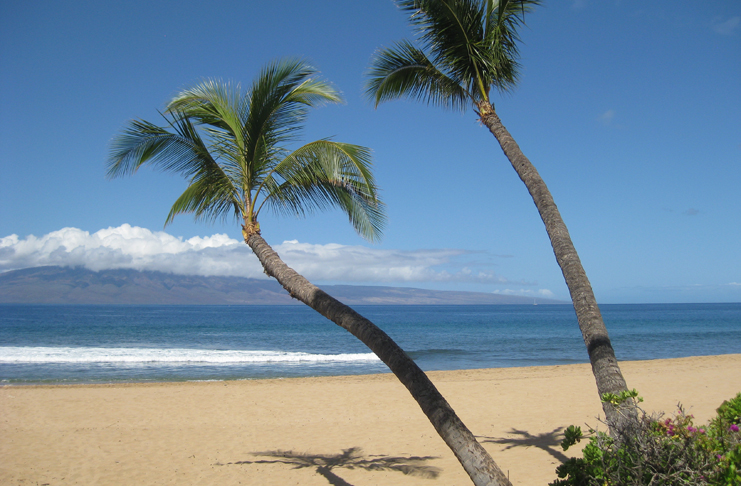

Miles&More awards miles based on fare price, not distance flown. The fare chart you cited only applies to a very small percentage of tickets and is largely irrelevant. LH, Swiss and other Miles&More airlines award miles based on fare price just like United. You would then divide these miles by 5 to calculate PQP.
I think Air China and Turkish still award miles based on distance flown, and I’m sure some interesting opportunities will pop up there.
I’m confused. I actually called up United before I published this to check my facts and they confirmed exactly what is written here.
Per United (phone agents and the award charts): Flights booked through partners and credited to MileagePlus will earn PQP based on the distance flown, the award charts published and the appropriate divisor.
I’m more than happy to be corrected (I’m not a MileagePlus/Star Alliance flyer) so are you suggesting that the number of PQP that will be earned (with fares booked though Miles&More airlines) will be based on the number of award miles that would have been earned had the fare been credited to the Miles&More program?
If so, that makes no sense at all (at least to me) and I’m not even sure I know where United would begin to get all the info it needs to do that calculation.
Not distance flown but award miles for that fare class.
As I’ve been saying, new game, strategy! Thanks for the useful analysis. I was growing a bit exhausted with the “angry” and “sky is falling” posts on this subject.
@Ramsey, when you input your MileagePlus number, your *A flights will accrue redeemable miles (hence, PQP) based on UA’s partner chart not LH Group’s Miles&More chart. Those chart would only apply if you were earning against the M&M program.
It’s funny, I have written a web service to take in itineraries and calculate how many miles/elite qualifying points, etc… an itinerary would earn, as well as calculating the cost of each redeemable and elite qualifying point for that itinerary. Ive done this for Delta and all top partners for Skymiles earnings, for AA and all top partners for AAdvantage earnings, and United for MileagePlus earnings. I was grousing the whole time about not being able to earn PQDs on partner flights on MileagePlus, so this is a very interesting move. This changes my code a LOT, but I think it actually simplifies it, and should result in some interesting opportunities for topping up status on UA.
I never comment on articles, but can you please correct the egregious misspelled “flys” to the correct “flies”? It shows up so many times in this article and is jarring to read each time. Otherwise, good pointing out how ridiculous United is getting
I did a quick check on United for the lax to zurich round trip and it came up at 3300 PQM or whatever it is called and closer to16,000 miles…
I am one of these 3 times a year long haulers who enjoys Platinum level and am panicking….going over all the other programs, unless they all follow United, Air Canada may be the next best thing….
The roundtrip distance between LAX and Zurich is definitely around 11,800 miles but the number of award miles that you’ll be awarded (and from which PQP will be calculated) will be based on the fare you buy.
In the example I gave the fare only earns 100% mileage so the PQP would be based on ~11,800 award miles. If you were to book a fare with a higher earning rate that figure would increase.
I am a 1k United member, looking to fly SYD-AKL-PPT return on Air NZ.
I can’t book it with United.com because apparently United doesn’t codeshare with Air NZ on all routes, they codeshare from SYD to AKL but not AKL to PPT (also means I can’t book that with miles).
Question is, do I get PQP on miles for the entire trip? I am hoping yes but worried it might only be the codeshare section? As a preferred partner I guess it should be award miles/5 but I am not sure about the AKL-PPT part.